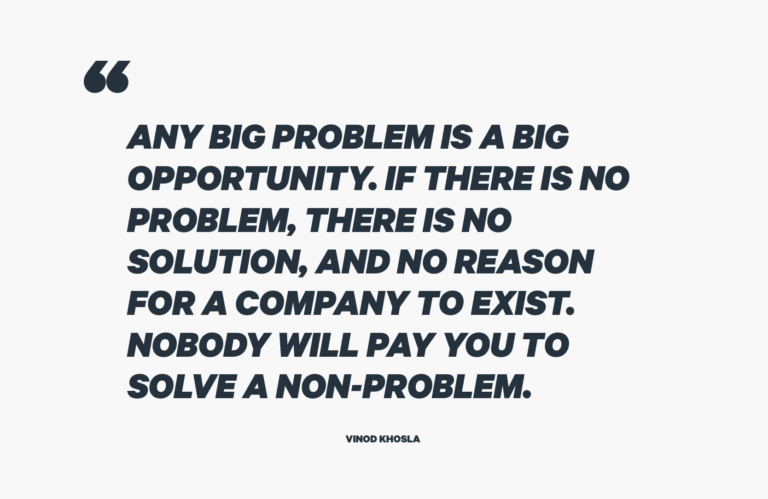Did you know that almost 90% of startups fail? While this might be a confronting truth, it can encourage new entrepreneurs to work harder and smarter. So what separates successful startups from failed startups? While there are multiple factors that influence a successful startup, the first steps you take can determine whether it thrives or fails. That’s why we’ve broken down the creation of a successful startup into five simple steps. Ensure you’re on the right track to ensure your business thrives…
Step 1: Define Your Focus
The most crucial step in creating a successful startup is defining what your company is fundamentally about. One way that you can do this is through determining the ideal intersection of your skills. What you are you passionate about
Skill: What are you good at? What unique talents and abilities separate you from everyone else?
Passion: What do you want from your future company? What do you enjoy most and what excites you?
Money: Can you connect these abilities and passions to a successful business? Can your business solve an identifiable problem, and is there sufficient market demand to generate profit?
Step 2: What Problem Can Your Startup Solve?
This is an important mindset to keep in mind when initiating a successful startup. Identify a specific customer pain or need that you can potentially resolve. Billionaire venture capitalist Vinod Khosla, put this notion in simple terms saying…

It is important to determine whether customer pains are sufficient enough that they are willing to pay for an effective solution. If the pain does not meet this criteria, every other activity you conduct as an entrepreneur is redundant.
Here’s how to effectively test you pain hypothesis:
1. Find a sample of customers: This could be through existing email lists, online forums or message board, social media or micro-networking sites.
2. Conduct A Survey: This could be through existing email lists, online forums or message board, social media or micro-networking sites. In order to gain valid insight, you will need participants to be as honest as possible. This can be achieved by avoiding enthusiastically pitching your ideas to participants and keeping your questions as open-ended as possible.
3. Evaluate the results
Step 3: Evaluate The Market
Once you have defined your focus and the specific problem to be solved, it is important to question whether a market solution actually exists. The market is an important determinant of a startup’s success or failure; if a startup has real or potential customers, the market effectively pulls products out of them. So how do you determine whether a market really exists for your company?
To confirm the existence of a market for your startup, you will need to calculate your annual market size (AMS). This is the total number of people who will buy your product per year, multiplied by the price point of your product.
This will reveal the necessity of having either a large number of customers, a high price point or both. Market size can be estimated through researching press coverage on the market by using modern analytic tools such as Google’s Keyword Planner or Facebook’s Advertising Tools.
Step 4: Start Creating The Solution
At this point you should have some basic knowledge about the pain on which you are focusing and some ideas about how a solution might manifest into a product. The next step is to develop a minimum feature set (MFS) hypothesis. This represents one or two core features that your customers would be willing to pay for. This helps you focus on saving feature enhancements for future design and development.
Here are some steps that can help you define MFS:
1. Develop an MFS hypothesis based on major themes that have emerged from your research, and simplify consumer pain points into a list of features.
2. Form a buying panel of people who responded to your questions in the previous steps and would likely be future customers.
3. Create a visual representation of your future product by drawing wireframes such as these.
4. Show your prototype to customers and request valuable feedback.
5. Make adjustments accordingly and test the demand and price points for your product.
Step 5: Calculate Whether Your Business Model Is Capable Of Generating Revenue
Your next step is to create a business model for your product, and determine whether this is capable of getting your product to the market, becoming profitable and increasing in scale. “Economies of scale” refers to the fact that the bigger your customer base is, the cheaper it becomes to produce one unit of your product. A smaller market wouldn’t necessarily require that you charge a higher price to make the same income, but creates the potential problem of larger competitors offering a cheaper products.
